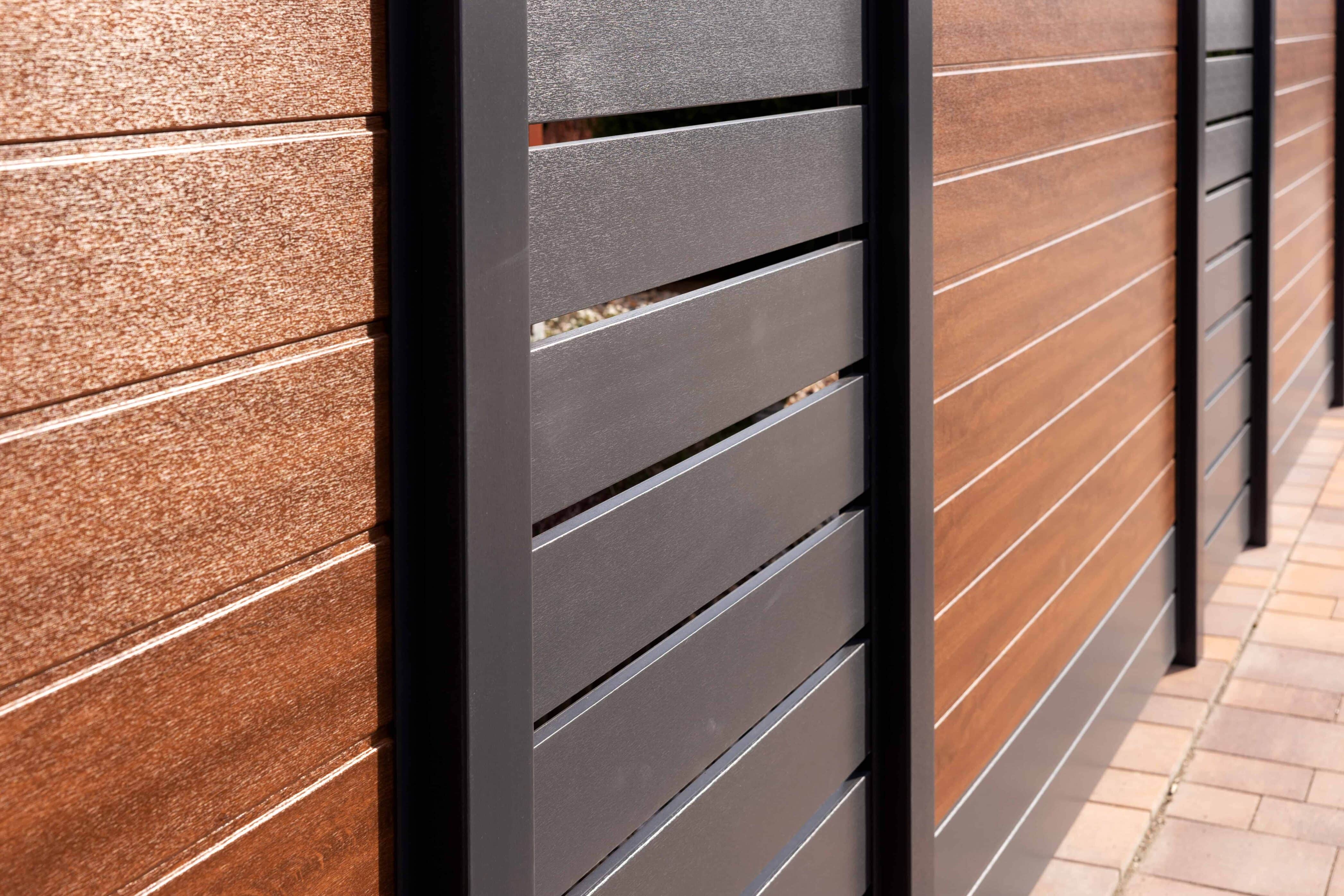
Vinyl vs. Wood Fence: Top Vinyl Advantages to Consider
Adding a fence to your home is a great way to enhance your yard and give it more appeal. You can enclose your yard to keep your family and pets safe when they are out back, provide some measure of privacy from your neighbors, and increase your home’s curb appeal.
Of the types of fencing materials available, wood and vinyl are two of the most popular choices. The question is, what should you choose when deciding between a vinyl vs. wood fence?
In this guide, we’ll explore the pros and cons of wood vs. vinyl fencing. You’ll learn about the maintenance requirements, cost, durability, and styles you’ll get when you choose vinyl.
Low Maintenance Requirements
One of the key benefits of vinyl fences is the low maintenance requirements. Unlike wood—where you may need to paint and stain your fence occasionally—you don’t have those requirements with vinyl.
Another maintenance benefit for vinyl is the resistance to rotting, mold, and termites. You’ll have less damage to repair and lower maintenance costs.
Vinyl fencing does still accumulate dirt and grim over time. Luckily, you can give it a quick wash to make it clean again—which is most of the regular maintenance required.
Low and maintenance-free requirements like this are perfect for a homeowner with little time to handle upkeep for their fence.
Durability & Weather Resistance
Durability will be a big concern with your fence—especially when facing the harsh weather in Florida and other locations on the coast. Regardless of the type of wood you choose, you may encounter issues over time if you decide on a wooden fence.
Vinyl fencing offers many features that provide much better durability and weather resistance than wood fencing. For starters, it’s waterproof. You won’t need to deal with stains and damage because of heavy rain.
Because vinyl is plastic, it is more resistant to hot and humid conditions. A wooden fence will become softer and lose color because of the heat.
All of these will give you a quality fence that stands the test of time and meets the permitting requirements in your location.
Variety of Styles
Vinyl fences offer a wide array of styles to suit different visual preferences. You can get anything from classic white picket fences to modern looks resembling wood or stone.
If you want to stick with the aesthetics of natural wood grain, you can purchase vinyl fencing that meets those requirements. On the other hand, if you want a unique aesthetic that isn’t available with wood, you also have that option.
If you don’t find exactly what you need, there are many customization options available that will help you create a unique look for your yard. You can mix and match different posts, fence panels, and boards to match your needs.
Additionally, since there’s so little maintenance required and given how well vinyl holds up, your aesthetics will last longer than wood fences. It means you’ll do less work to maintain your fence’s look.
Long-Term Cost-Effectiveness
One of the downsides to installing vinyl for some homeowners is the cost. The investment may be more than wood if you look at the vinyl fence vs. wood cost—it costs more per linear foot on average than wood, so you’ll pay more for your fence.
But at the same time, you also have to look at your long-term costs. With wood fencing, you also have repair and maintenance costs.
Since vinyl fencing can last 20-30 years, with some products lasting 50 years with proper care, you truly get your money’s worth with vinyl fencing. The high quality of vinyl will pay for itself in the long run, making it a more cost-effective choice.
Eco-Friendly Material
Vinyl is a form of plastic—but that doesn’t mean it has no environmental benefits. Vinyl fences use polyvinyl chloride (PVC), which companies can repurpose at the end of the material’s life cycle.
Additionally, vinyl takes little energy to produce. It doesn’t require you to cut down trees, either.
The long lifespan of vinyl also adds to its sustainability. Since vinyl lasts longer, replacing it isn’t as big of a need. This reduces the amount of vinyl needed overall and the transportation requirements to get it to homes.
Simple Installation Process
An easier installation process is yet another benefit of vinyl. Yes, you’ll have an easier time working with a professional installer. But if you want to DIY your new fence, this is an excellent option.
One of the most significant considerations is weight. Vinyl weighs much less than wood—meaning you’ll have an easier time installing fence posts and boards.
Vinyl fencing companies make things even more accessible with how the pieces fit together. In most cases, they snap together with brackets. There are many homeowner resources to help you get the job done.
Long Lifespan and Warranty
A vinyl fence’s long lifespan is one of the greatest benefits of vinyl fencing for your home. Wood fences typically see degradation after around 15 years and need work done after approximately 20.
However, as we mentioned, you can expect at least 20 years of life for vinyl fences, maxing out at around 50 years for well-maintained fences.
Since vinyl fencing lasts so long and stands up well against the elements, there’s no reason for it to degrade quickly. Because of that, fence manufacturers frequently offer extended warranties to their customers to cover any problems.
Learn More About Vinyl Fence Installation
As you can see, there is a lot to look forward to when you purchase a vinyl fence. You get a sturdy product that will stand up to the elements and is customizable to look like whatever you need.
Do you want more information about your fencing and deck railing options? Contact us and speak to one of our Decks & Docks team members about the types of fences and railing available, and learn how we can help you find the best fence for your needs.
- About the Author
- Latest Posts
Dan has worked for Decks and Docks for over twenty-five years. He managed the original Decks and Docks store in St. Pete, which is our largest store. Dan is simply the best all around. He knows more about this company and our products than probably anyone else. Dan currently works in Sales at our corporate office.
